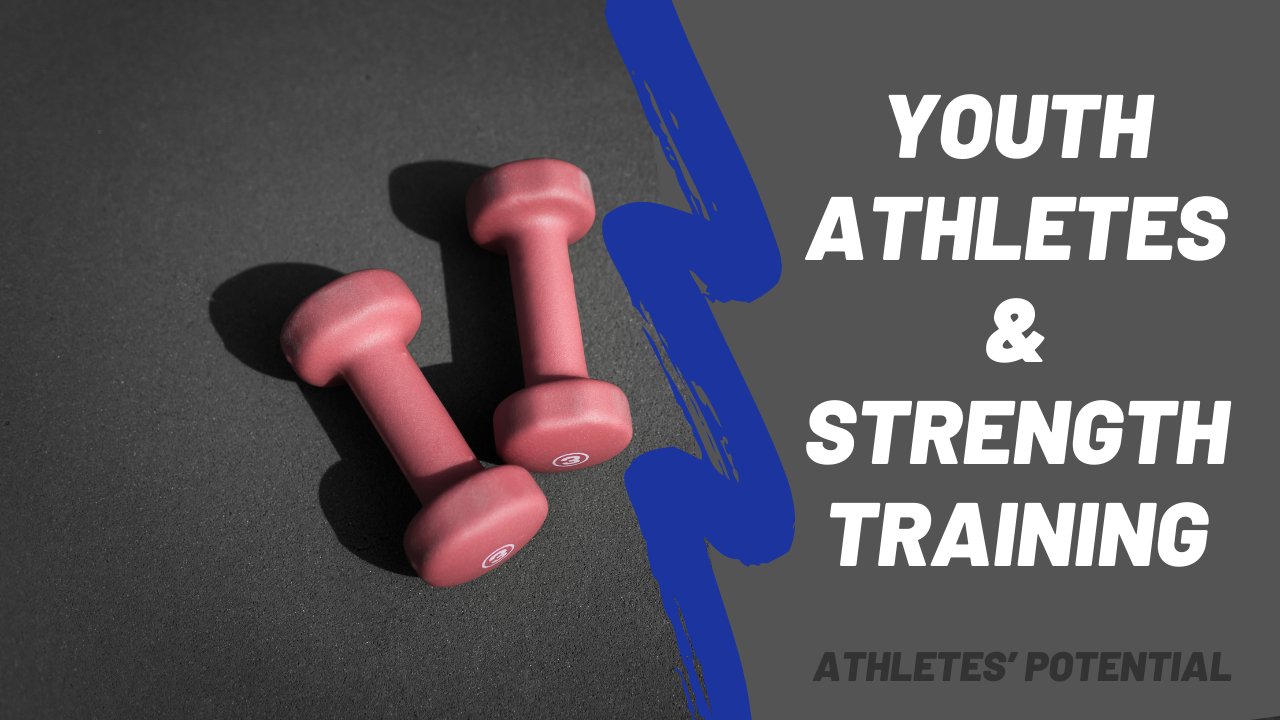The Risks of Youth Athletes and Strength Training: What Does the Research Say?
Nov 10, 2021
Countless times I have been asked if it is safe for youth athletes to start strength training. “Aren’t there risks to their growth plates?” and “Won’t it stunt their growth?” are common concerns. It is the purpose of this article to face these questions head on and go to the research.
Growth Plate Damage Causing Stunted Growth?
The epiphyseal plate, also known as the growth plate, is a critical part of a child’s development. A properly growing epiphyseal plate ensures that the child will grow taller! So what does the evidence say about strength training and growth plate damage causing stunted growth? The American College of Sports Medicine (ACSM) concludes in a review that “...there is no evidence to suggest that resistance training has a negative impact on a youth’s growth potential.” Further studies by Dr. Avery Faigenbaum have even shown that there are possible positive effects to the growth plates from a strength training program.
Overall Safety?
Strength training injuries are typically found in youth athletes to be strains and sprains, with occasionally a fracture. While these are unfortunate, the statistics are clear: the rate of injury with sports such as soccer, basketball, and football are much higher than the rate of injuries with strength training or weightlifting. I would strongly argue that the actual benefits of strength training for youth athletes far outweigh the risks.
So What Are The Benefits?
Injury prevention!
A 2019 review of eight studies concluded that strength programs that were properly executed and supervised actually decreased injuries for youth athletes. Not only were these programs safe for athletes, but they experienced fewer injuries after the strength and conditioning programs were completed.
Performance improvements:
A 2016 review of 43 studies concluded that significant performance increases can be achieved through strength and conditioning for youth athletes. Increased muscle strength, vertical jump performance, linear sprint performance, agility, and sport specific performance in team sport athletes, endurance athletes, and individual athletes were all seen in youth athletes aged from 6-18. The strength and conditioning programs varied greatly according to the ages, sex, and development of the athletes, each tailored to the development capacity of the youth athlete.
Conclusion:
With the right coaching, a strength and conditioning program is safe, effective at decreasing injuries, and effective at increasing performance. The fears of stunted growth need to be put to rest! If you have more thoughts about youth athletes performing appropriate strength and conditioning, check out the citations below! If you’d like to discuss this further, feel free to reach out!
Marcus Rein, PT DPT
- Diamond, A., 2016. Physeal (Growth Plate) Injuries: What to Know and What to be Aware of in Young Athletes. ACSM'S Health & Fitness Journal, 20(6), pp.45-47.
- Faigenbaum, A., Kraemer, W., Cahill, B., Chandler, J., Dziados, J., Elfrink, L., Forman, E., Gaudiose, M., Micheli, L., Nitka, M. and Roberts, S., 1996. YOUTH RESISTANCE TRAINING: POSITION STATEMENT PAPER AND LITERATURE REVIEW: Position Statement. STRENGTH AND CONDITIONING JOURNAL, 18(6), p.62.
- Hanlon, C., Krzak, J., Prodoehl, J. and Hall, K., 2019. Effect of Injury Prevention Programs on Lower Extremity Performance in Youth Athletes: A Systematic Review. Sports Health: A Multidisciplinary Approach, 12(1), pp.12-22.
- Lesinski, M., Prieske, O. and Granacher, U., 2016. Effects and dose–response relationships of resistance training on physical performance in youth athletes: a systematic review and meta-analysis. British Journal of Sports Medicine, 50(13), pp.781-795
Let us help you figure out to live your best active life today!
Remember, Movement is Medicine!

